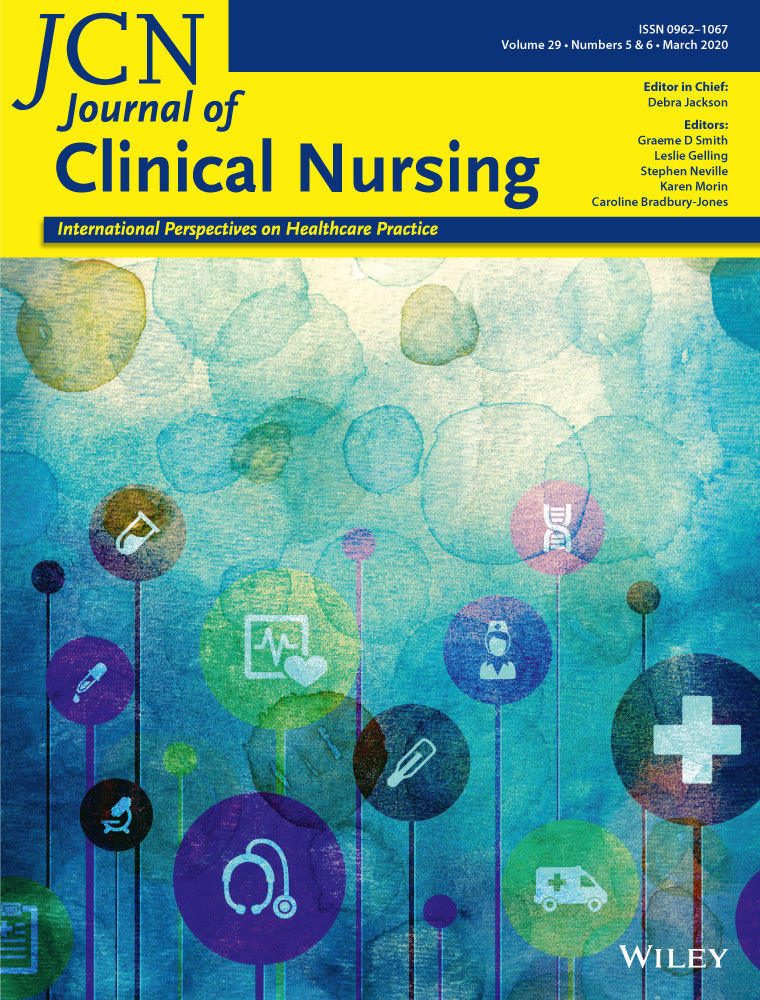Patients’ lived experiences of waiting for and undergoing endovascular aortic repair in a hybrid operating room: A qualitative study
Abstract
Aims and objectives
The overall aim of the study was to illuminate the patients’ lived experiences of waiting for and undergoing an endovascular aortic repair (EVAR) in a hybrid operating room (OR).
Background
The hybrid OR is an example of the technological advancements within hospitals. The environmental impact on humans is well recognised but is rarely taken into account when hospitals are designed or rebuilt. The patient's experience of a hybrid OR is not earlier described.
Design
A qualitative design based on hermeneutic phenomenology was implemented.
Methods
Interviews were conducted with 18 patients. A thematic interpretation based on van Manen's approach was then used to analyse the findings. The consolidated criteria for reporting qualitative studies (COREQ) were used (Data S1).
Results
The following three themes emerged from the interviews: (a) being scheduled for surgery induced both anxiety and hopefulness; (b) feeling watched over and surrendering to others in the technology intense environment and (c) feeling relief but unexpected exhaustion after surgery. In the discussion, the results were additionally reflected upon out from the four lifeworld existentials: lived body, lived space, lived time and lived others.
Conclusions
The hybrid OR technology did not frighten the patients, but it was also not an environment that promoted or was conductive to having a dialogue with the staff. The disease and surgery brought feelings of anxiety, which was largely associated with the uncertainty of the situation. We suggest that continuity in contact with staff and patient-centred information could be solutions to further calm the patients.
Relevance to clinical practice
The hybrid OR environment itself did not seem to frighten the patient, but the way the high-tech environment increased the distance between the patient and the multiple staff members needs further investigation.
CONFLICT OF INTEREST
The authors declare that they have no conflict of interest.




